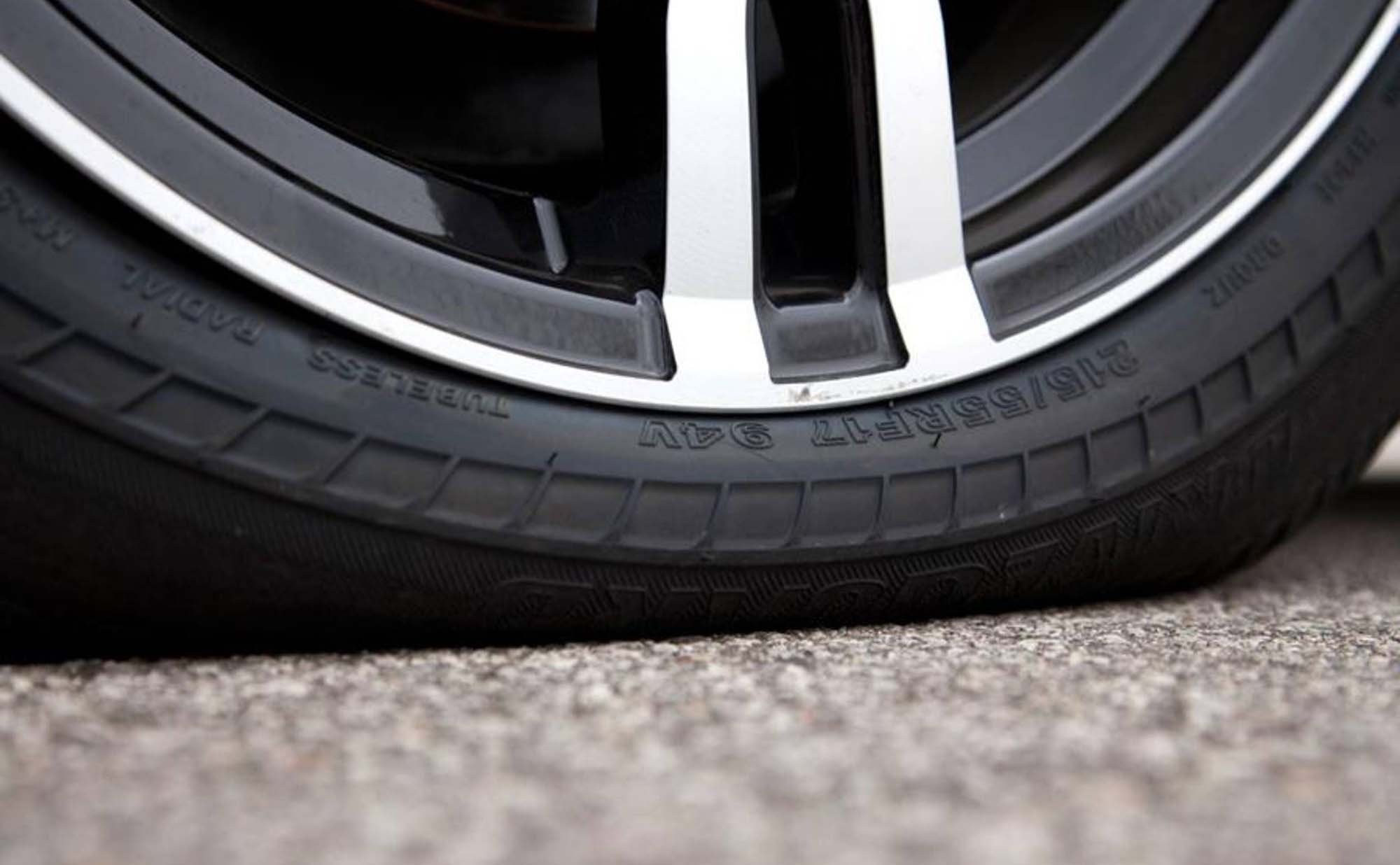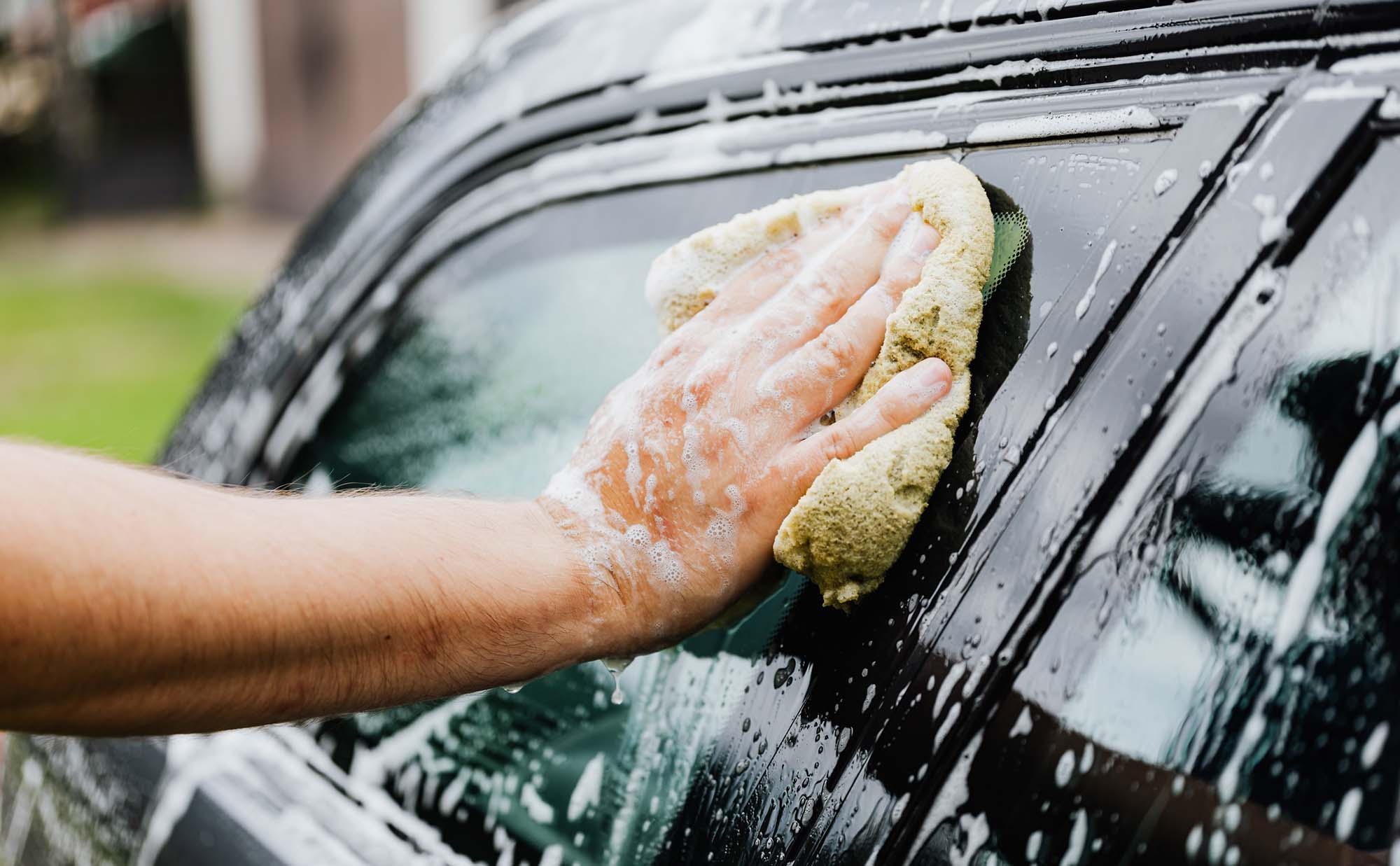Run flat tires are all the rage, but they aren't right for everyone (or every vehicle). Here is a list of the pros and cons, so you can make an informed choice.
Although we may be avoiding the thought, fall and winter are approaching. In just a month or so the weather will change from our beautiful west coast summer into our famous “wet coast” fall and winter. Fall and winter bring with it rain, slush, frost, and snow that will settle on our windshields and wreak havoc on our visibility.
Properly functioning and well-maintained windshield wipers are essential for winter visibility and safety. Taking the time to make sure that your wipers are working properly now will ensure your safety down the road.
How Windshield Wipers Work
In order to maintain windshield wipers properly, it’s important to understand how they work. On most vehicles, the windshield wipers each attach to a single arm. The arms are connected to an electric motor that controls the radial movement of the arms. A removable rubber blade is attached to each arm; this is what contacts your windshield and sweeps away moisture and grime.
Occasionally manufacturers come up with new systems, like the Mercedes-Benz Monoblade, which is a single blade that attaches to the centre of the windshield. However, there are few systems like this, and maintenance usually follows the same procedures as standard configurations.
Many modern vehicles are equipped with optical rain sensors, which detect the presence and amount of rain on the windshield. These sensors allow the wipers to act autonomously.
For extreme winter conditions, which we usually experience for about 7 days a year, many manufacturers produce a specially designed wiper.
Winter wipers have a rubber boot that covers the arm to protect the blade so it can maintain even contact with the glass.
How to Know If Your Wipers Need Replacing
It’s pretty easy to know if your wiper blades need replacing, just follow the 4 S’s: Streaking, Skipping, Splitting, or Squeaking. It’s time for new blades if your wipers are showing any of these signs. Depending on use, expect your wipers to last between 6 months to 1 year. A pre-emptive blade change before winter is never a bad idea, so you won’t be surprised on the first bad weather day.
When you inspect your blades, check for the following problems:
- Broken or bent frames
- Crumbling or torn rubber blades
- Corroded metal
- Missing screws or loose pieces
- Loose blades
- Stiff arms (stiff wiper arms mean that the blades won’t properly contact the glass)
How to Replace Windshield Wipers
Your technician should be happy to replace your windshield wipers for you at your next service, but a simple blade replacement is a simple process that you can accomplish yourself at home. Follow these three steps to ensure a flawless replacement job:
- Remove the old blades: Pull the wiper arm away from the glass until it props itself up on its own. Depress the lever under the wiper so you can slide the blade off the arm.
- Put the wiper arm back down: Be careful when lowering the arm back down. Without the rubber blade, the arm could damage your windshield, so be sure to lower it carefully.
- Insert the refills: Slide the new blade into place, starting with the same end of the arm where you removed the old blade. Make sure the retaining clip clicks into place, as this means that the new blade is properly held in place.
Any questions? If you discover some damage or problems with your wipers that you can’t fix, just give us a call or send us a message. We are always happy to discuss automotive maintenance with you.




